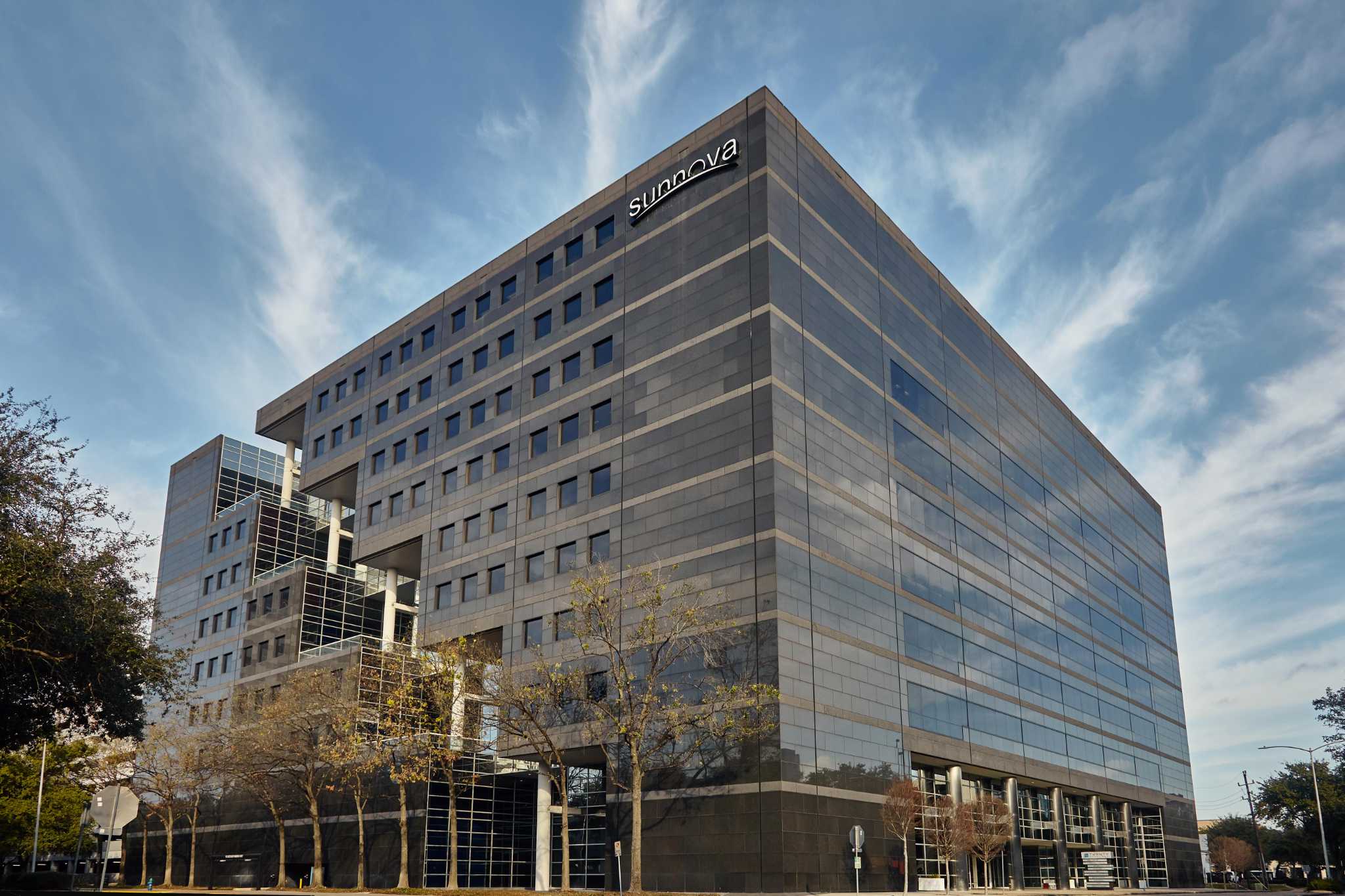The U.S. Department of Energy (DOE) announced the closing of a $3 billion partial loan guarantee to Project Hestia from Sunnova Energy Corporation. It is the largest commitment ever made by the federal government toward solar power and marks the DOE’s first loan guarantee for a virtual power plant (VPP).
Project Hestia is designed to accelerate the deployment of new digital engagement and behavior modification technologies for optimizing energy consumption. The Sunnova app and portal aims to improve grid stability, optimize energy use, and enhance power supply efficiency and reliability for 75,000 to 115,000 homeowners. This project supports solar deployment nationwide— accelerating a lower-carbon future while generating more than 3,400 energy transition jobs.
The project will make distributed energy resources (DERs), including rooftop solar, battery storage, and smart software, available to more American homeowners—with a focus on households in disadvantaged communities across the United States and Puerto Rico. Project Hestia has allotted at least 20% of loans to customers with credit scores of 680 or less.
“Project Hestia would make possible a historic private sector investment in disadvantaged American communities and energy infrastructure,” said William J. (John) Berger, Chief Executive Officer of Sunnova. “The DOE financing would accelerate the adoption of solar and storage, decrease greenhouse gas emissions, and expand the availability of reliable, clean, and affordable energy to those communities who benefit the most from low-cost energy.”
A VPP is a network of decentralized energy resources aggregated and managed as one system. With VPP-ready, consumer-facing software, Project Hestia is designed to improve customer insights regarding power usage. It will facilitate demand-response behavior by providing homeowners with near real-time updates on their energy system and showing them how their actions affect emissions in their area. VPPs are a crucial component of the energy transition, as they facilitate the integration of renewable energy sources, enhance grid reliability, offer environmental benefits, and help lower energy prices.
The innovative project is expected to avoid 7.1 million metric tons of carbon dioxide emissions over a 25-year period; this is the equivalent of taking 1.5 million vehicles off the road for one year.
Learn more about Project Hestia.
